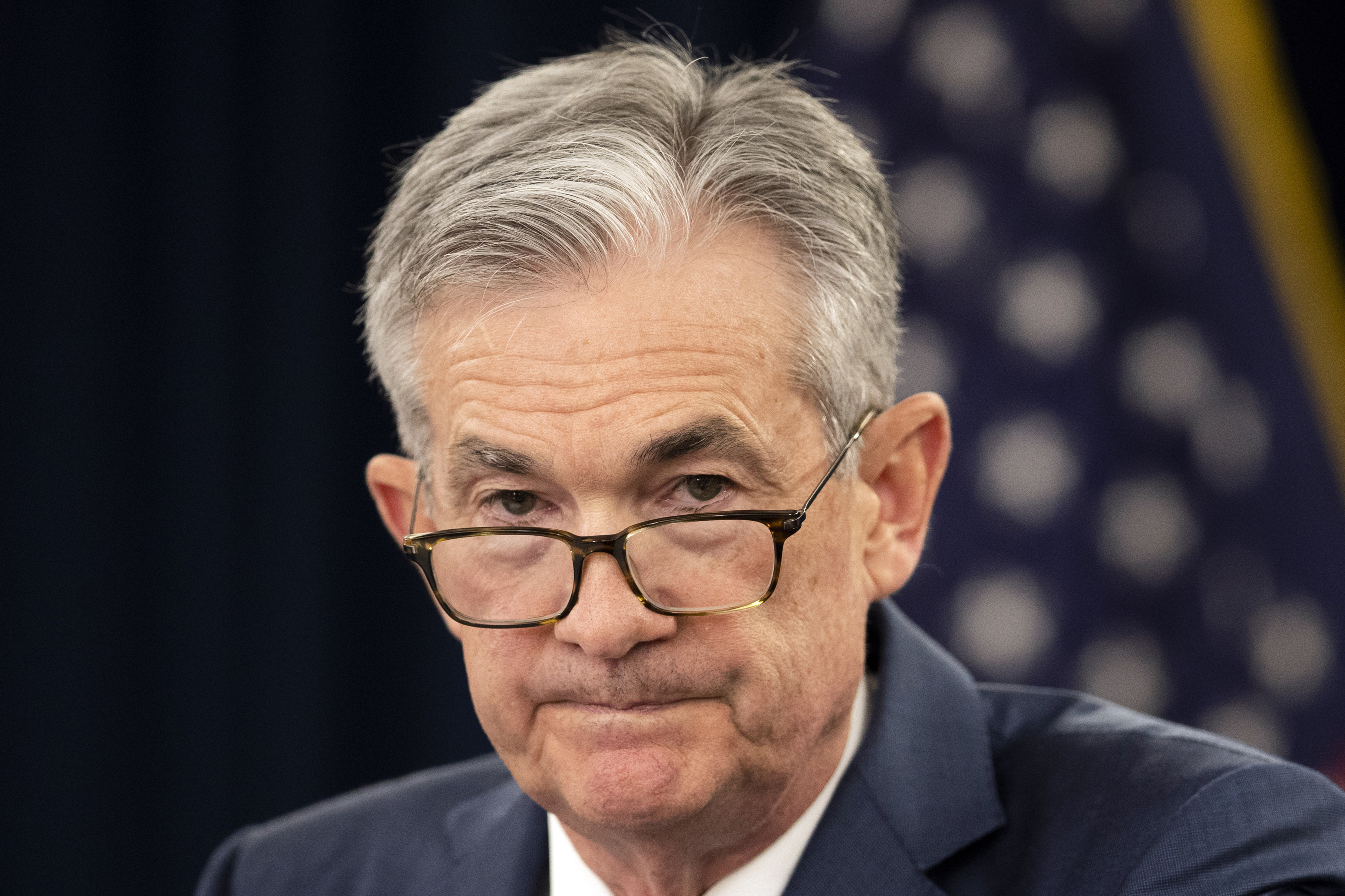In a surprising twist, bond yields are surging even as the Federal Reserve cuts interest rates, leaving investors uneasy. The 10-year Treasury yield has climbed above 4.80%, its highest level since 2023, unsettling stock markets and knocking indexes off their records.
Why are interest rates rising when the Fed has been cutting them?

Key Takeaways:
- 10-year Treasury yield surpasses 4.80%
- Stock market indexes fall from record highs
- Investors puzzled by bond market movements
- Federal Reserve’s rate cuts not lowering yields
- Financial markets experience uncertainty
Wall Street’s Backward Shake: Rising Yields in an Era of Cuts
What’s shaking Wall Street seems so backwards.
Swings in the bond market have recently sent the yield on the 10-year Treasury above 4.80%, reaching its highest level since 2023. This surge comes at a time when the Federal Reserve has been cutting interest rates, a move typically expected to lower bond yields. Instead, the opposite is happening, causing confusion among investors.
Bond Yields Reach New Highs
The 10-year Treasury yield is a key benchmark for long-term interest rates, influencing everything from mortgage rates to corporate borrowing costs. Its rise above 4.80% signals higher costs for loans and can slow down economic activity. The fact that it’s at its highest since 2023 underscores the significance of this shift.
Impact on Stock Markets
This unexpected increase has injected nervousness into the U.S. stock market. As bond yields climb, equities often become less attractive, leading investors to reassess their portfolios. Stock indexes, which had been reaching record highs, have now been knocked off those peaks.
The Paradox Explained
The bond market’s moves might seem strange given that the Federal Reserve is cutting rates to stimulate the economy. Typically, lower federal rates lead to lower yields on bonds. The current situation presents a paradox, with long-term rates rising despite the Fed’s efforts to ease monetary conditions.
Investor Sentiment
Investors are puzzled by this disconnect. The unusual behavior in the bond market suggests that other factors are at play, perhaps reflecting concerns about inflation or future economic growth. The uncertainty is contributing to volatility in financial markets.
Conclusion
The divergence between the Federal Reserve’s policies and the bond market’s reactions highlights the complexities of the financial system. As investors navigate these confusing times, the rising yields amid rate cuts remain a focal point of concern and debate on Wall Street.











